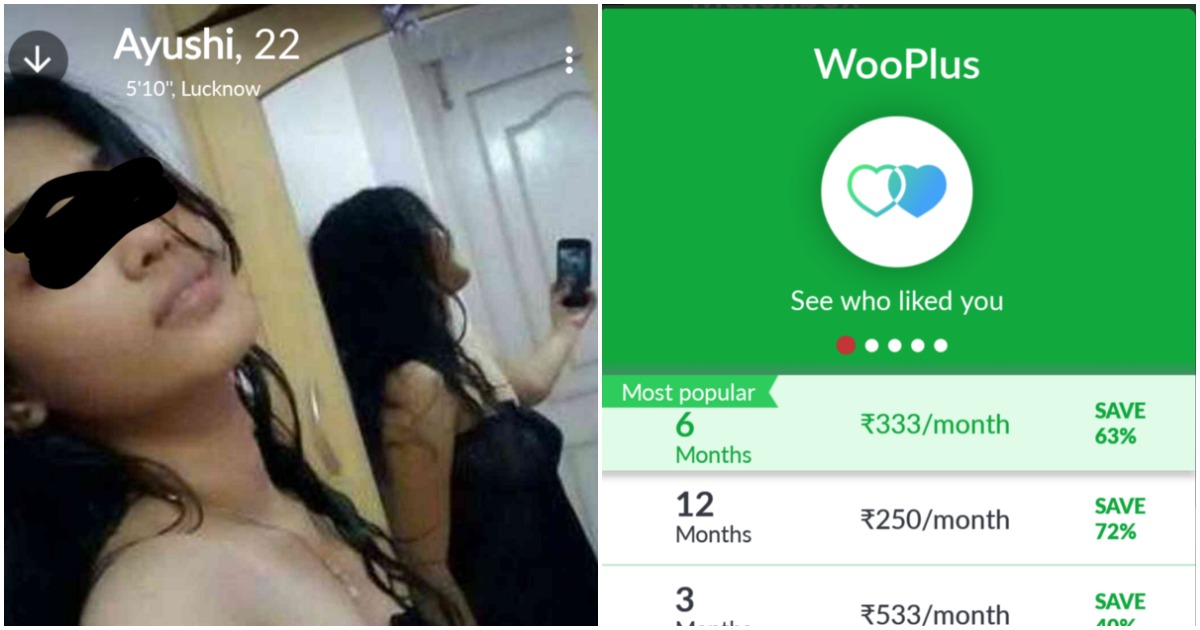Dating app Woo is a beautifully crafted scam that preys on the Indian male testostrone. And, it’s working. I did a deep dive into the business and how they make it all tick. Why? Because it was a fascinating business model and has less than a dozen employees in India, (according to LinkedIn) who are devoted to stitch it all together.
I had a simple theory. For any dating app to make the cut, it had to acquire as many women on board. And by virtue of that acquisition barrier, only 4–5 could survive in India. Add in marketing and promotions, and only a few would make the cut. Yet, there are dozens of apps, and that was puzzling. I was curious. The only way I could validate this theory is to test it from ground up. From scratch. I downloaded a dozen of them asking friends and began decoding them.
There was an obvious pattern. Tinder ruled them all. Then came India’s TrulyMadly, the broken OkCupid, Happn and Aisle. All of them had minor tweaks to differentiate from competition, some were straight rip-offs from Tinder and others aimed to be more serious in their approach like Aisle. Aisle was a modern spin on a matrimonial site and it all made sense. Then came Woo.
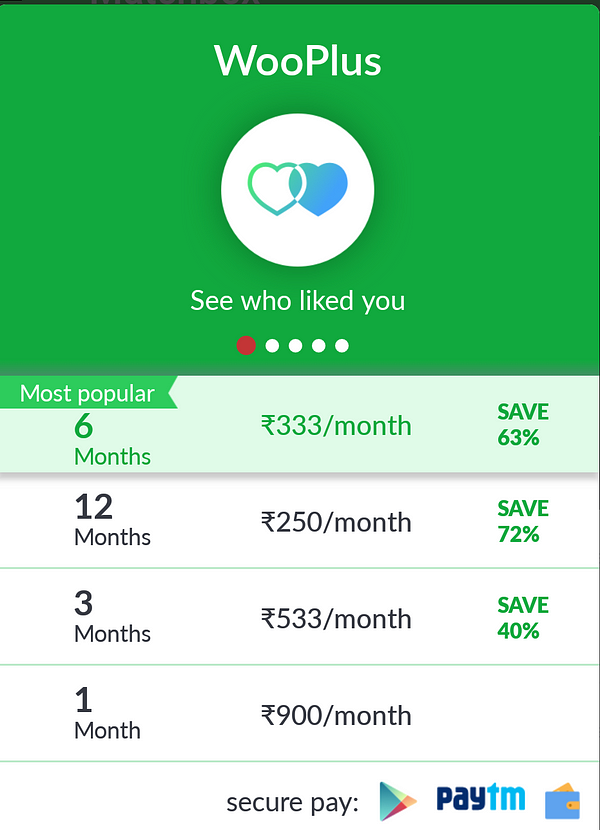
The moment you “match with a partner”, Woo forces you to pay up even before attempting to have a conversation. I found that a tad intriguing.
The fees were rather… steep. At Rs. 900 a month, they were the most pricey dating app. I wanted to wait and see how the app attempts to cross that barrier in a market where the average Indian user would scoff at such a high price. And Woo didn’t disappoint. I got an average of 3 notifications each day.




Apparently, I was super popular! No other dating app got me as much traffic as Woo did. That was until I paid up. Till this point the number of women who “liked me”, was nuts. At one point, there were more than 30 women and this was in less than 10 days. It was insane.
Was Woo creating their own profiles with generic names? Possibly so. It simply didn’t make sense. What was Woo doing that the biggies simply couldn’t crack. Were women using Woo more? I was skeptical. No one could be that famous. No one. Curiosity got the better of me. I paid the 900 bucks to figure this out. I had to. Worst case, I’d have 10+ women to talk to ?

I selected about 20+ women whom I wanted to engage in a conversation with and began. This was going to be fun. I figured I could at the very least meet one of them. But…
I was in for a surprise…
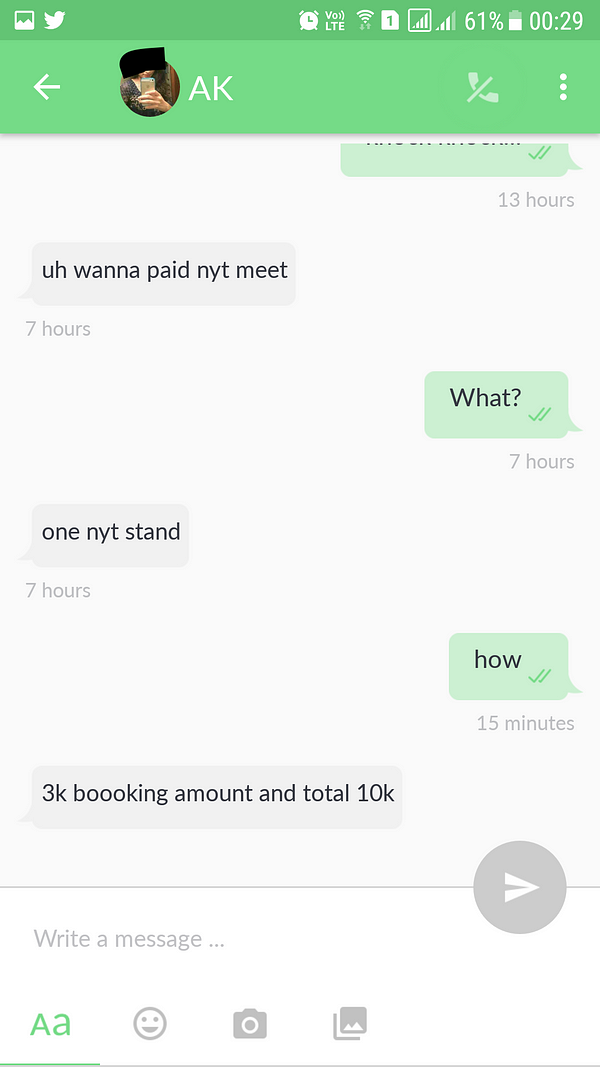
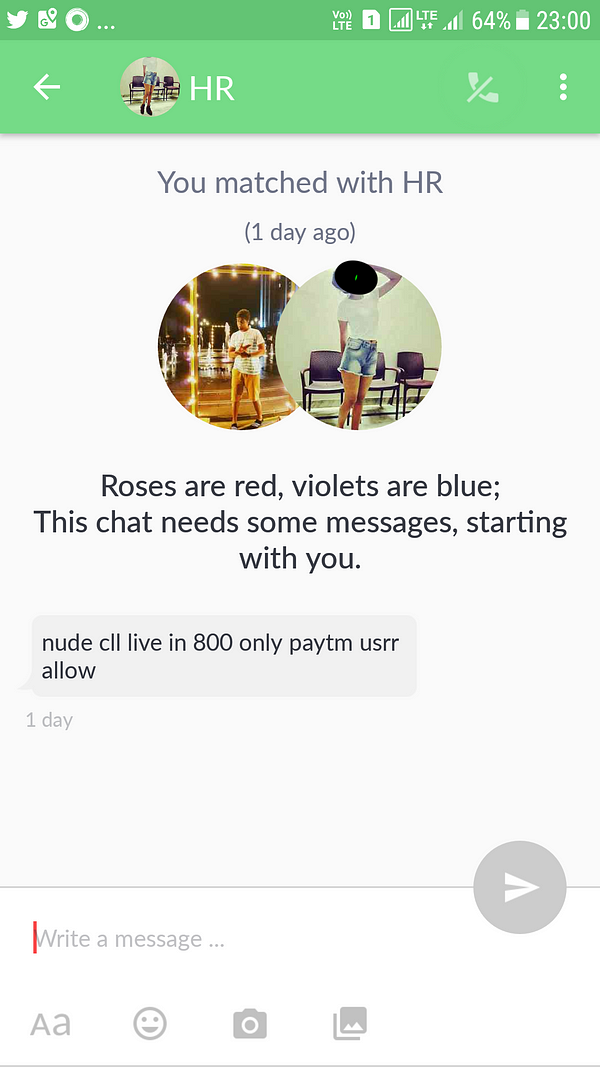
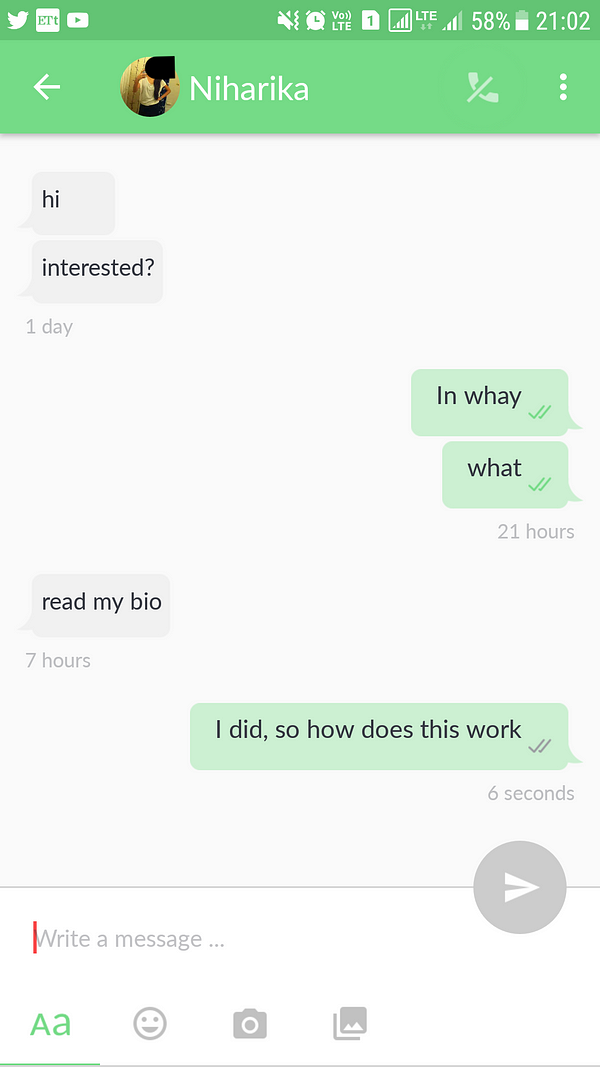
It was either “women” who wanted money, or it was fake profiles who obviously couldn’t reply. Sometimes there were obvious duplications of the same profile.
But after you pay up, suddenly, women stop visiting your profile or matching with you. It all magically stops. And there’s only one way of explaining how that works. Woo directs bot traffic and once you cough up the money, it stops.

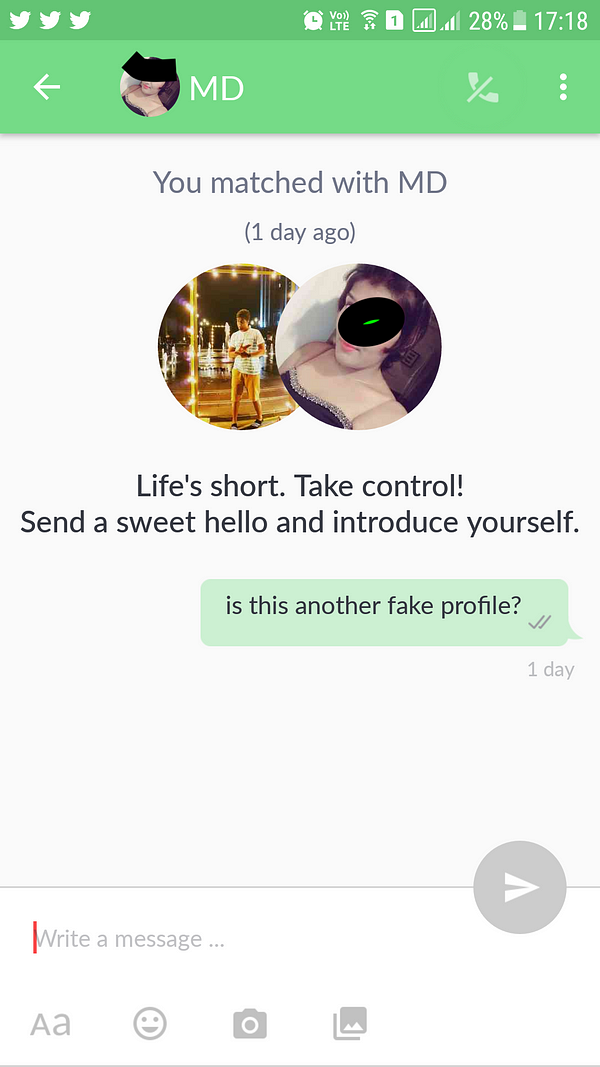
Notice how the name IK is repeated twice in the image below. There was a clear pattern. Woo was either fabricating these profiles or…
They simply turned a blind eye to the amount of fake profiles created by fraudsters or pimps…
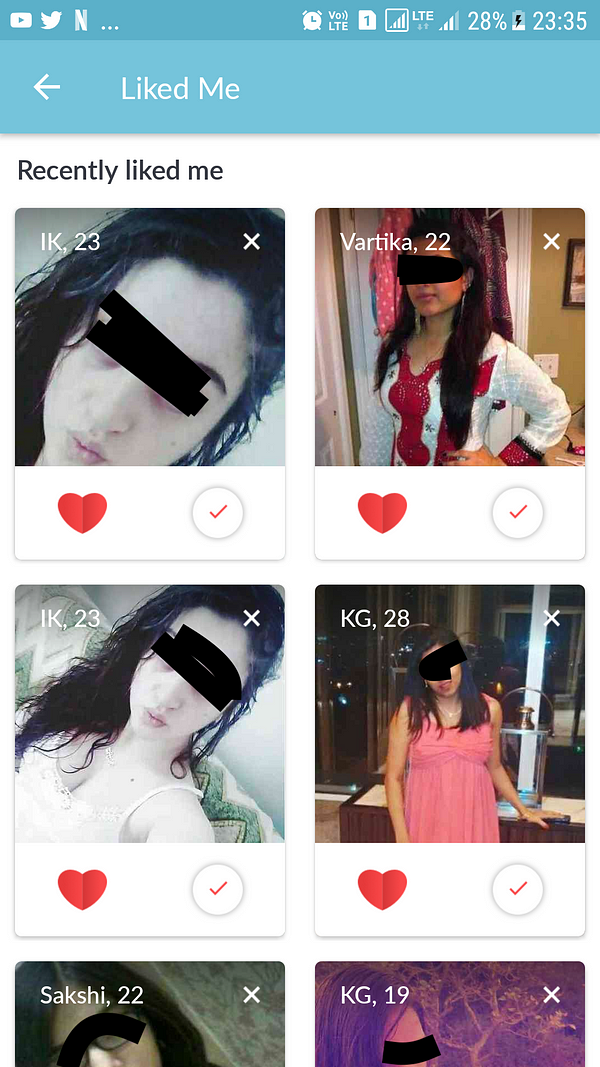
Then there were the rather obvious ones who used some girl’s image probably taken off from Facebook or any of the social sites and using it to lure users.
Either way, the bottomline: Woo turned a blind eye to the rampant misuse of their own platform. This was either in a bid to get as many people on the platform or probably a conscious decision to do ignore it.
What cannot be undermined is that in a bid to make users cough up good money, Woo was complicit in its act.
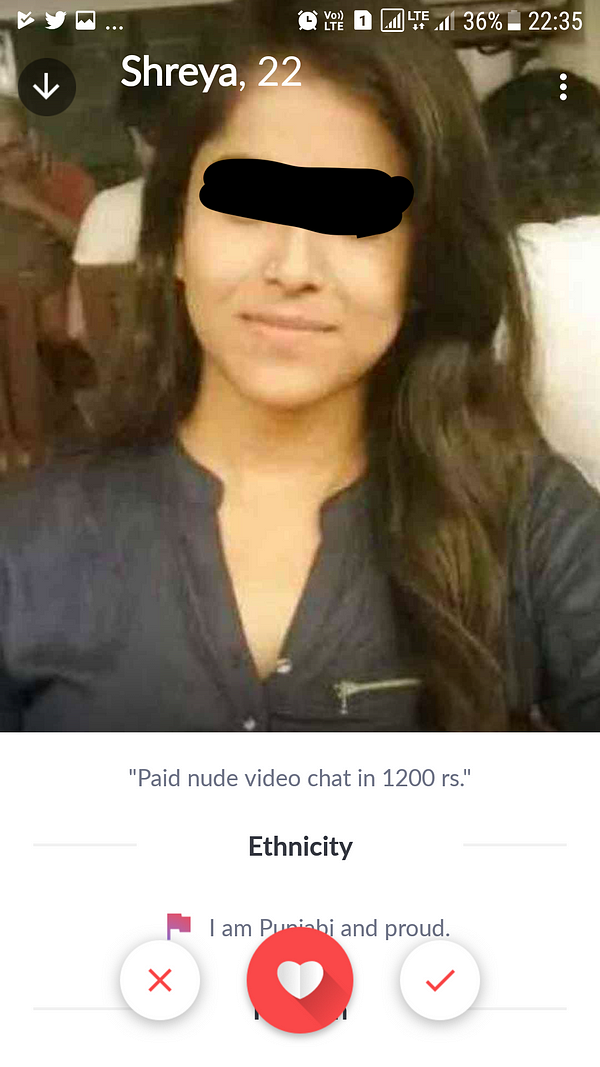
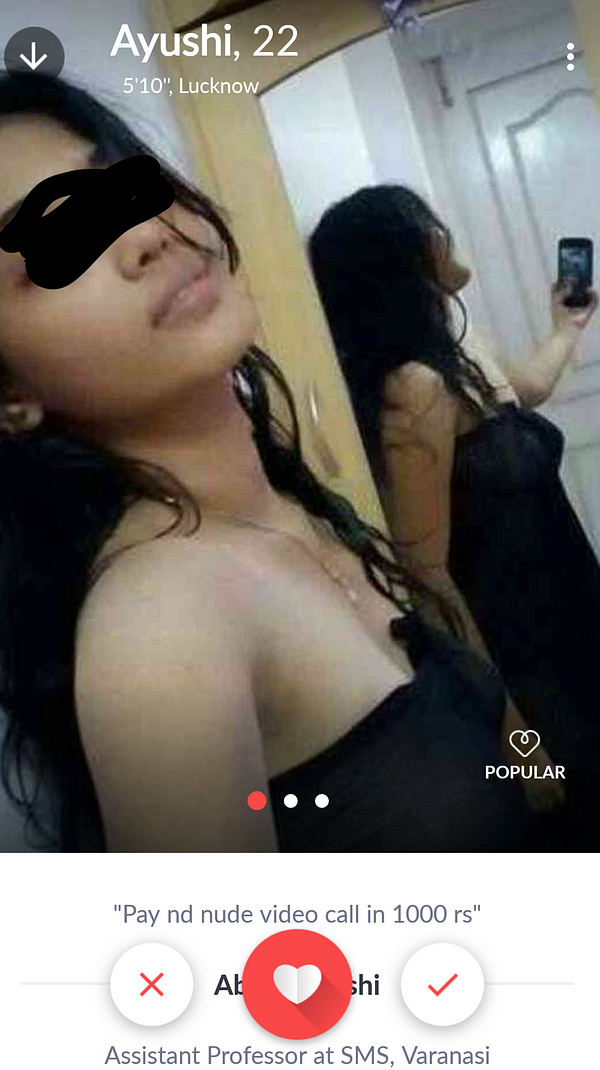
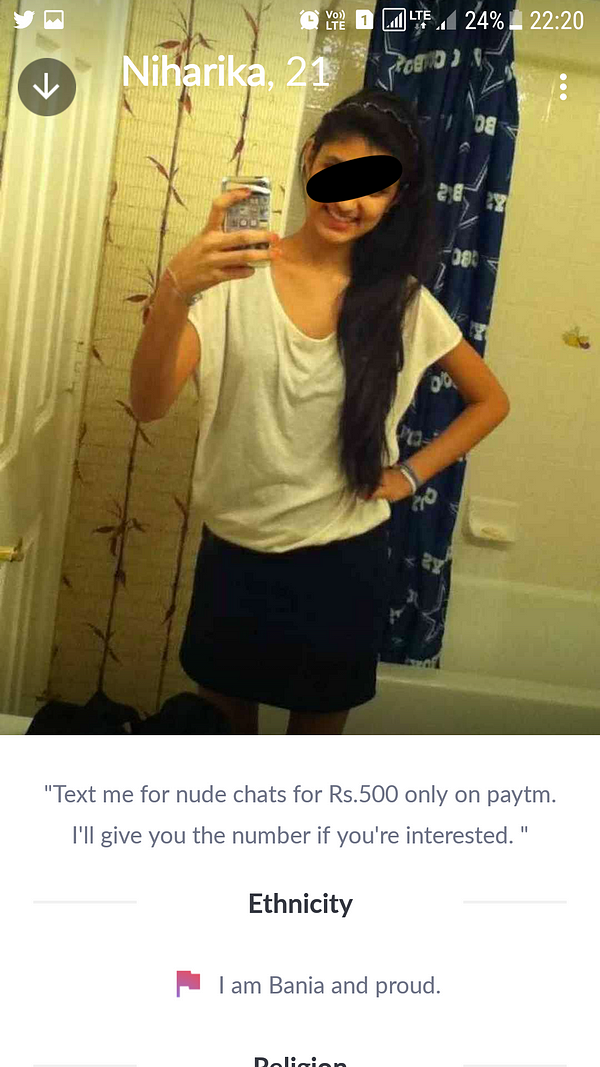
According to a study by InMobi, the average Indian user spends 90 minutes each day on a dating app. That’s an amazing business to be in when content creators and aggregators are vying for eyeballs. Between Google, Facebook and gaming apps, the market is fairly cornered. Dating apps are goldmines. It has no clear, obvious winner and that has opened a plethora of companies to make money; even if the manner in which they go about is a massive scam.
But if I was going to do this right, I had to go all the way. And I did. Well, almost. ?. I decided to message one person and see how this entire scheme works. Figure out the nuts and bolts.
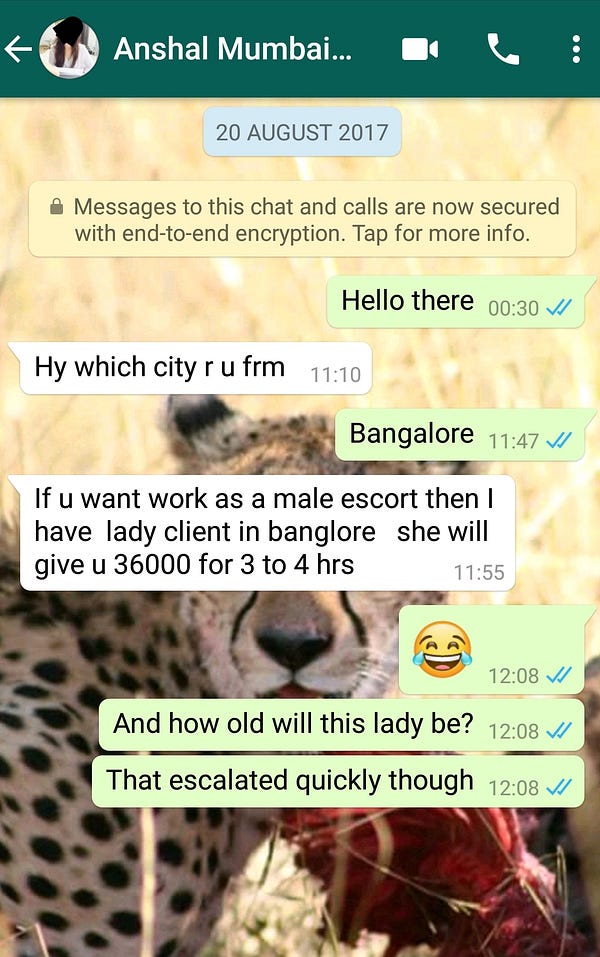
Then I got one call from a random number asking me not to waste their time and if i’m just messing about, they’ll “take care of me”. Not that I was scared, but I guess I had enough ammunition to prove that Woo was mismanaged, manhandled and one big scam. And I didn’t want to share my number to more creeps.
But, I had to give them a chance to voice my views and see if I was a one-off, maybe my profile had some inadvertent bug? I owe the company the benefit of the doubt. So, I wrote to them. It didn’t get off to a good start. They got my name wrong and I have no idea how that was even possible. You need to be a special kind of bad to get that wrong.

Then I sent a bunch of questions to the team:
Can you let me know if you’re able to track the percentage of fake profiles on the platform? Why is it that despite having the paid version, a user’s profile is not being shown to other users in the same location? There’s no mechanism for ensuring that a paid profile will be far more visible than an unpaid one? Are there instances where paid profiles have engaged in conversations with more than 5 users in the platform? Can you give me a percentage demarcation for this? How many employees are there in total at Woo?
That obviously went nowhere. Then a lady called Sangeeta (name changed) called me from Woo. She was from the Customer Relationship team. She was kind enough to extend my subscription by a month and assured “more traffic” to my profile. That didn’t help either. I sent her screenshots of fake profiles, told her I haven’t had a single match and I wanted to write an article about it. At which point she tacitly gave me a thumbs up. Or maybe she simply didn’t care. Or figured she wasn’t going to change anything into a system that was beyond her control.
I searched for her profile on LinkedIn. There was no one with the name Sangeeta.
[OfficeChai contacted Woo, but a spokesperson refused to comment on the specifics of this post]
[This post is written by Adithya Venkatesan. Adithya looks after marketing @gojektech. He’s a travel fanatic and a wildlife lover. He maintains a blog, tweets fervently (@adadithya) on literature and history. He reads Murakami, adores Orhan Pamuk and believes Huxley’s dystopian future is more plausible than Orwell’s. Cenosillicaphobic. Logophile. Past: @reuters @ACJIndia. This post was first published here and has been reproduced with permission. ]
